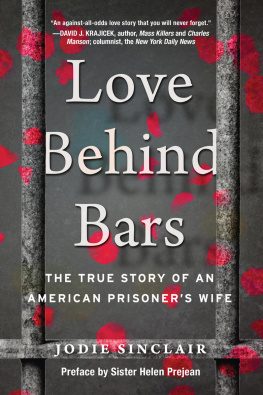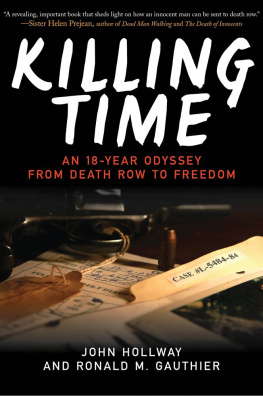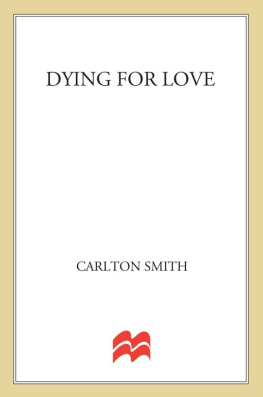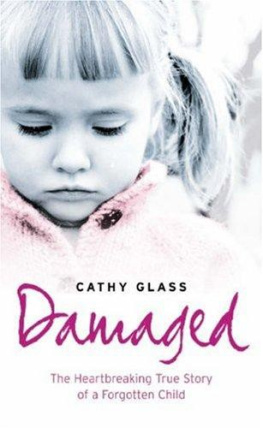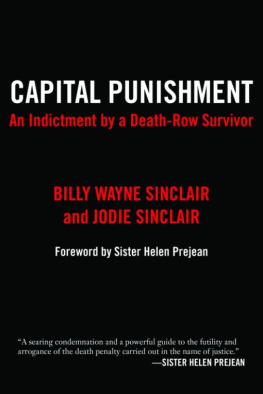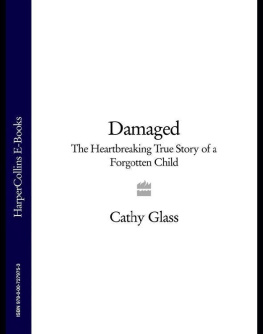

Copyright 2020 by Jodie Sinclair
All rights reserved. No part of this book may be reproduced in any manner without the express written consent of the publisher, except in the case of brief excerpts in critical reviews or articles. All inquiries should be addressed to Arcade Publishing, 307 West 36th Street, 11th Floor, New York, NY 10018.
Arcade Publishing books may be purchased in bulk at special discounts for sales promotion, corporate gifts, fund-raising, or educational purposes. Special editions can also be created to specifications. For details, contact the Special Sales Department, Arcade Publishing, 307 West 36th Street, 11th Floor, New York, NY 10018 or .
Arcade Publishing is a registered trademark of Skyhorse Publishing, Inc., a Delaware corporation.
Visit our website at www.arcadepub.com.
10 9 8 7 6 5 4 3 2 1
Library of Congress Cataloging-in-Publication Data is available on file.
Library of Congress Control Number: 2020931616
Cover design by Brian Peterson
Print ISBN: 978-1-948924-84-9
Ebook ISBN: 978-1-948924-85-6
Printed in the United States of America
This memoir is written with deep appreciation for:
Sister Helen Prejean and her inspiring fight against the death penalty,
All who stand by loved ones in prison despite the hardship and pain,
My children, my family, and my friends who stood with me for twenty-five years as I fought to free my husband from one of the most vicious prison systems in the United States of America.
CONTENTS
PREFACE
I N 1984, I WITNESSED THE executions of two men at Angola, Elmo Patrick Sonnier and Robert Lee Willie. I was their spiritual adviser during their last months on death row, the last hours of their lives, and their executions.
They began my thirty-four-year fight against the death penalty.
Dead Man Walking tells their stories. My book, and the movie it inspired, shows they were not beyond redemption. They were children of God, despite their crimes.
In His infinite wisdom, God gave us the power to protect ourselves from the hate so many feel toward those on death row. Forgiveness illuminates the path to redemption.
Forgiveness is the path to heaven on Earth, the sense of community that comes when we live according to the greatest theme in Christendom: Loving our neighbors as ourselves.
It shows us there is value in every human being. When forgiveness fills our hearts, we live in the peace that God intended for us. We are protected from hates temptation and the awful state it can create in those who succumb to its appeal.
This book tells the story of a womans journey through a quarter century of hatred that threatened her soul until the sight of the Cross on her mothers church saved her early one morning.
Her love for her convict husbanda man who was once on death rowteaches us the soul can endure when it is filled with love.
Sister Helen Prejean
New Orleans, Louisiana
2018
FOREWORD
From the first moment I set eyes on you, I became a complete man a man with purpose and hope. I loved you then. I love you now. And I will love you until the last breath leaves my body.
H E WROTE THOSE WORDS IN 2005 as hope began to fade that he would ever come home.
Therein lies a story of pain so deep that I could not write it for twenty-five years. But I swear no other man could have given me so much life.
Jodie Sinclair
December 2019
THE FATEFUL DAY
Crime, like virtue, has its degrees.
Jean Racine, French playwright, 16391699
T HE SWEET SCENES OF EARLY spring rolled by one after another as my photographer and I headed up a country road on March 17, 1981, toward the Louisiana State Penitentiary at Angola. Known as the Alcatraz of the South, the state penitentiary was preparing to carry out its first execution in decades. I was assigned to do a five-part series on the death penalty for WAFB Channel 9, the CBS affiliate in Baton Rouge where I was the capital correspondent.
An inmate on Angolas death row had kicked off a media frenzy when he persuaded a local court to set a death date in his case. In 1978, Colin Clark was sentenced to death for the brutal after-hours killing of a Baton Rouge restaurant manager. When he told a local court that dying in the electric chair was better than spending years waiting for his appeals to work their way through the court system, the judge obliged him with a date in late April for his execution.
The series was a prime assignment. Interest in the death penalty was at an all-time high. No reporter had been allowed to interview death row inmates in Louisiana or get video of their highly restricted cell block in a decade. My stories would bring viewers face-to-face with the electric chair in Angolas death house. Every element was fascinatinghow the chair kills, what happens during a mans final hours, what his family feels, what victims families feel, and the religious, moral, and ethical questions that surround the calculated taking of human life.
Executions had resumed nationwide in 1977 after states rewrote their death penalty laws in the wake of the US Supreme Court decision in 1972 in Furman v. Georgia , which declared the death penalty unconstitutional as it was then being applied. The high court upheld these rewritten state laws in 1976 in a series of decisions Gregg v. Georgia , Roberts v. Louisiana , Jurek v. Texas , Profitt v. Florida , and Woodson v. North Carolina . Now, Louisiana would have its first opportunity to carry out the ultimate sentence under its new law: death in the embrace of Gruesome Gertie, as the states electric chair was popularly known.
The road ended abruptly at the Angola front gate. We stopped the car and waited for approval to enter. Spring sunshine lay across the prisons vast fields, stretching on their alluvial plain as far as the eye could seeeighteen thousand acres of continental soil, silt the Mississippi River had deposited there for a thousand years. A soft March wind blew across its fields and an azure sky belied the prisons infamous past.
Angola is a stain on Louisianas history. More than two hundred graves a year had been dug at the prison for convicts treated like slaves in the 1880s: men, women, and children dying under the whip and worse at the height of a callous prison operation on a plantation named Angola.
The road into the prison slanted down from the surrounding hills, their woods the last trees for miles. To the right of the front gate, hard up against the hills, stood a separate buildingAngolas death houseits bunker-like concrete covered with flaking green paint. Beds of rosebushes dotted the lawn inside its razor-wire enclosure.
Far inside the prison, crops pushed up sturdy shoots. Convicts in work gangs moved among them in the humid heat; rags tied around their heads kept steady streams of sweat from their eyes. Guards armed with shotguns rode on horses beside them through the fields as the inmates tended the crops.
I knew little of Angolas history. Crime was not my usual beat. When I wasnt covering the governor and the legislature, I was a general-assignment reporter covering fast-breaking news. I loved its pace, urgent demands, and excitement.
I had followed the usual pattern for middle-class women growing up in the 1950s. I married at nineteen and had my first child nine months later, followed by two more children by the time I was twenty-six. At night, in my early thirties, as I watched the evening news on a small TV set in my kitchen on Camp Street in New Orleans while I fixed family dinners, I began to picture myself in place of every woman reporter I saw.
Next page
